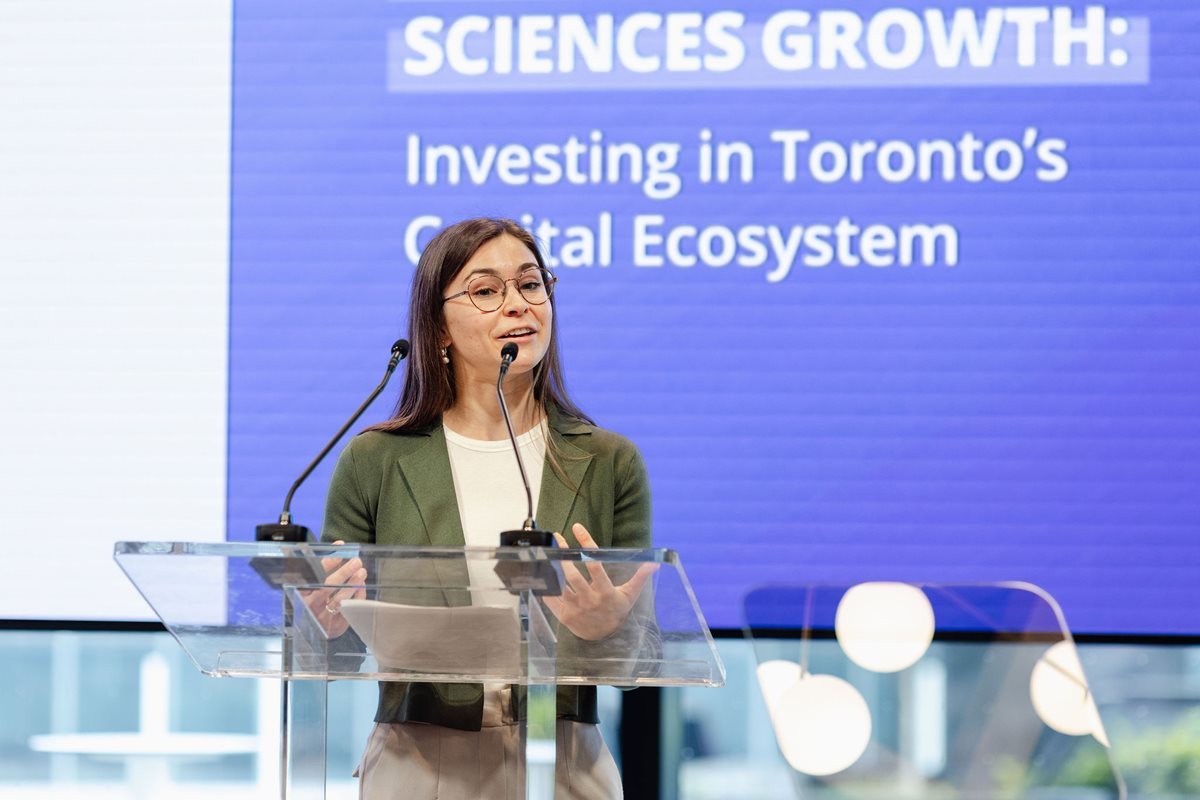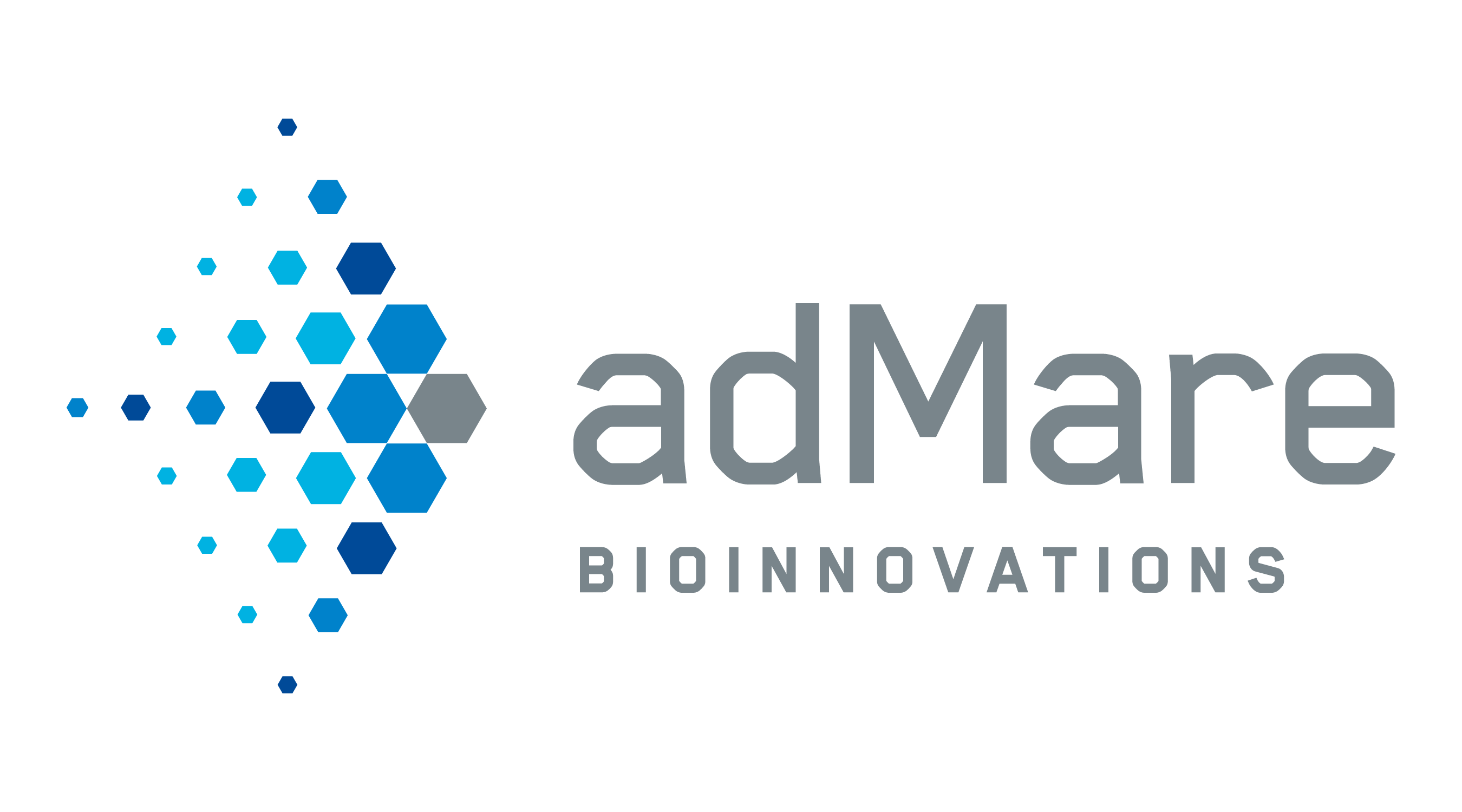
"There is just no damn good reason why we can't succeed here."
That was the blunt assessment from Gordon McCauley, President and CEO of adMare BioInnovations at the Board’s event Fueling Life Sciences Growth: Toronto’s Capital Ecosystem.
McCauley’s words crystallized a frustration felt across Canada's innovation ecosystem: we're creating world-class science, exceptional talent, and groundbreaking discoveries. Yet, we spend all of this time creating value and then just as it's ready to take off, too much of that value walks out the door—generally heading south of the boarder for growth capital and customers.
The event assembled an influential cross-section of founders, investors, and policymakers to tackle the capital challenges choking Canada's life sciences potential and further explore the Board's ambitious new Life Sciences Action Plan: The Winning Formula.
As Board President and CEO, Giles Gherson, framed the moment: "This is a hinge point in our life sciences journey. What gets us from potential to powerhouse?"
This is a value capture problem:
Canada continues to export intellectual value the same way it has exported raw materials for 150 years. While seed capital remains largely domestic, 80% of Canadian life sciences venture capital flows from U.S. sources—creating a troubling pattern of value exodus.
We need a No Wrong Door approach:
Early-stage companies, particularly those led by female founders, face a fragmented support system with resources scattered across multiple organizations. Panelists agreed that we need a more coordinated, founder-friendly capital ecosystem that doesn’t force entrepreneurs to become full-time fundraisers.
Institutional investors are waking up, but cautiously:
Large institutional funds are beginning to enter the life sciences space after years of zero exposure to venture capital. However, scale mismatches, risk tolerance concerns, and long investment timelines remain significant barriers to broader institutional participation.
Ontario has what it takes, but needs to connect the dots:
The province hosts more clinical trials than anywhere else in Canada, and houses world-renowned research institutions. The missing piece is strategic alignment between researchers, entrepreneurs, and capital providers to create a truly integrated ecosystem.
We need competitive tax and regulatory policies:
The current environment is not attractive enough to activate much needed domestic private sector. Solutions like flow-through shares for investors, richer investment tax credits for domestic start-ups and larger pools of patient capital need to be given a hard look.
$1.5b
Estimated venture capital lost annually due to Canada’s failure to capture value from its own life sciences innovations
10
Number of additional venture capital firms needed to strengthen Canada’s domestic life sciences investment ecosystem.
80%
Share of venture capital in Canadian life sciences that comes from U.S. investors; as firms grow, much of the value created moves south.
88,632
Total number of Ontarians employed in the life sciences sector as of 2023.
$86.2b
Revenue generated by Ontario’s life sciences sector in 2023.

“Life sciences is exciting because it literally saves lives. But finding the right support often feels like playing ‘Where’s Waldo.’ There are resources out there; government programs, incubators, accelerators, but there’s no clear path to navigate them. As a founder, you end up spending more time figuring out the system than building your company.”
— Sydney Robinson, CEO and Co-Founder, Vessl Prosthetics Inc.
"We need a mindset shift in Canadian capital markets. Life sciences isn’t just high-risk, it’s high-impact. But unless we help institutional investors understand how to manage that risk, they’ll continue to sit on the sidelines while U.S. firms capture the upside."
— Scott McAuley, Managing Partner, Marian Health Partners
“Life sciences consistently outperforms other sectors, but institutional investors still get nervous about the long timelines and perceived risks. The challenge is helping investors understand that while individual bets might be risky, diversified portfolios in this space deliver strong returns. But scale matters, most early-stage companies are looking for $5 to $10 million, and that’s a fundamentally different operational model than what large institutions are built for.”
— Paul McCracken, Managing Director, Growth Equity, CPP Investments
“Ontario hosts more clinical trials than anywhere else in the country. We’ve got talent, we’ve got research, and we’ve got the engagement of 10 of the top global pharmaceutical companies. In 2022, 70,000 Ontarians worked in life sciences. We have all the pieces. What we don’t have is the alignment.”
— Jeff van Heumen, Assistant VP, Business Development, Ontario Centre of Innovation (OCI)

Next-Gen Medicine: AI's Promise for Faster Innovation
8:00 - 10:15 AM
Thank you to our partners:



